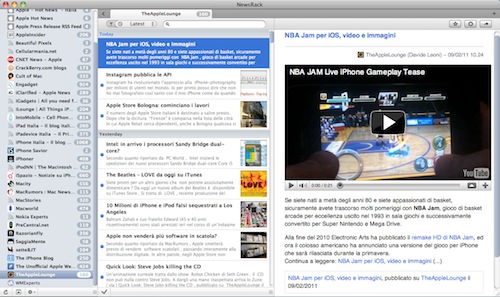

The immediate outpouring of outrage was so vehement that then-Councilman John Barton called the flood of emails he received the most uncivil he had ever seen. The surface of the four-lane strip is scarred with tarry lines sidewalks are crumbling the birdbath fountain near the entrance to the Caltrain Station has been dry for years and no one ever refers to University Avenue as "the other downtown."Īdding injury to insult, in September 2009, California Avenue became ground zero for what was later labeled the "Tree Massacre." The city's Public Works staff, hastily and with scarcely any outreach to the wider community, chopped down 63 holly oaks on California Avenue within two days. Merchants have plenty of good reasons to feel neglected. There is a strong sense around California Avenue, as elsewhere in the city, that the business district is still playing second fiddle to the affluent and chic University Avenue. Saloons have given way to salons, but the passionate skepticism, artisan leanings and underdog sensibilities of the business district have scarcely diminished. Since the time of Frank Backus, California Avenue has been as remarkable for what hasn't changed as for what has. After that, construction crews will start tearing up the streets and sidewalks, sprucing up the landscaping, installing new benches and newsracks, enhancing crosswalks and re-striping lanes - work that is expected to stretch until the end of the year. In the coming days, workers will begin replacing a 74-year-old water main. Redgwick officials took their first tour of the once-and-future downtown last week to survey the site. On Monday, the city will officially kick off the streetscape project with a ground-breaking ceremony. 24, the City Council approved a $6.9 million contract with Redgwick Construction company to commence the streetscape project, which has been snowballing both in scope and price since 2010. After four years of planning, designing and litigating, the city is preparing to break ground this month on a massive renovation of California Avenue, a streetscape project that includes widening sidewalks, creating two new public plazas, replacing an old fountain with a new fountain sculpture and, most controversially, reducing driving lanes from four to two. With its competitive spirit well intact, Mayfield went on to construct sidewalks, buy new fire equipment, put numbers on its houses and form the Women's Improvement Association and a Boy Scouts troop.įast forward nine decades, and opportunity is once again knocking on the door of Mayfield, now incorporated into Palo Alto and better known as the California Avenue business district. But it seemed to have the intended effect of making Mayfield's downtown more like Palo Alto's. 1, 1905, Mayfield officials showed they meant business by arresting every saloon owner who flouted it on New Year's Day (which is to say, every saloon owner). If you allow this chance to go by, another may never come."īackus prevailed.

It is knocking at the door of Mayfield now. "We need life and new capital here," Backus said. In the freshly incorporated town of Mayfield, meanwhile, the only successful businesses were saloons - and their success didn't exactly spill over to the surrounding area.īackus told the Board that Mayfield residents were weary of "renting our cottages for $5 to $6 a month" and watching property values go "down, down, down." The people of Mayfield, he said, were "tired of having the roughs from all around the country come here, get drunk and raise a row," according to Ward Winslow's "Palo Alto: A centennial history." Just north of Mayfield, in the dry, posh and intellectual college town of Palo Alto, an economic boom was taking place, with houses renting for more than $25 a month. 19, 1904, a grocer named Frank Backus joined dozens of merchants and fellow Mayfield residents in asking the Board of Trustees to ban alcohol sales.įor Backus and his compatriots, the reasons for the prohibition had at least as much to do with economics as morals.


 0 kommentar(er)
0 kommentar(er)
